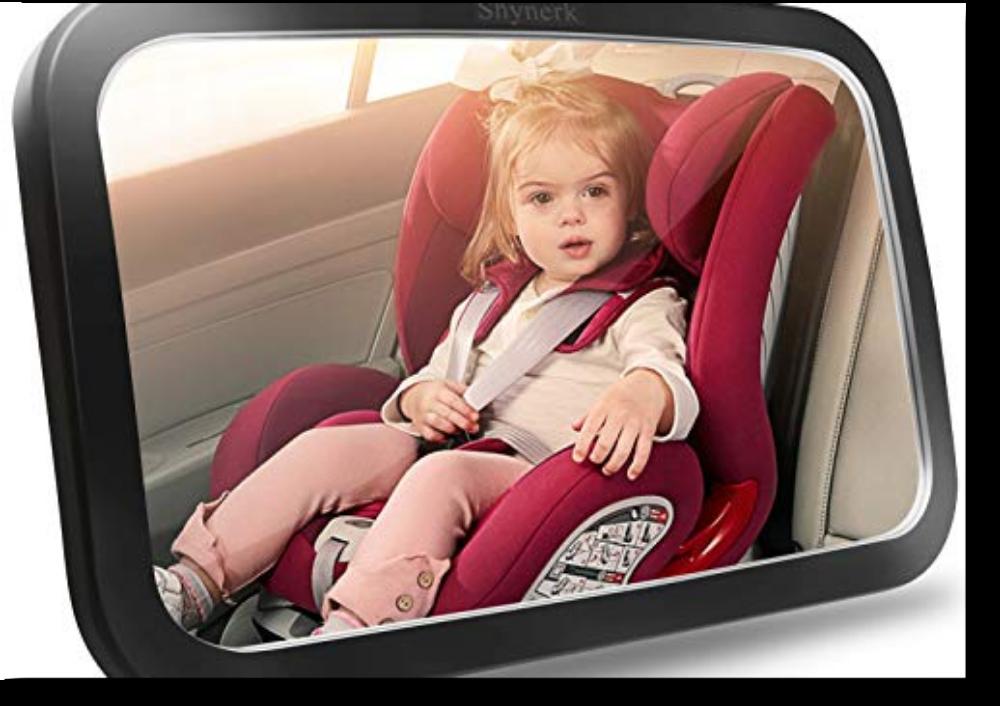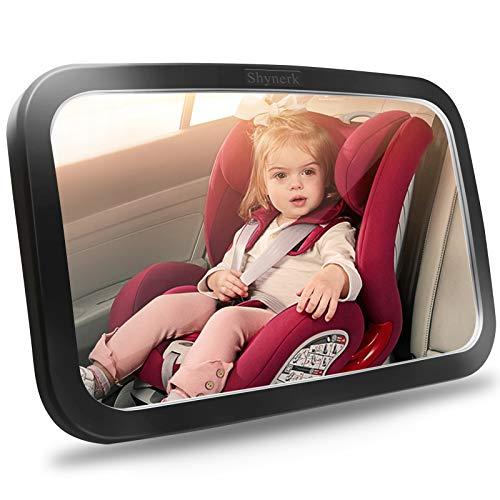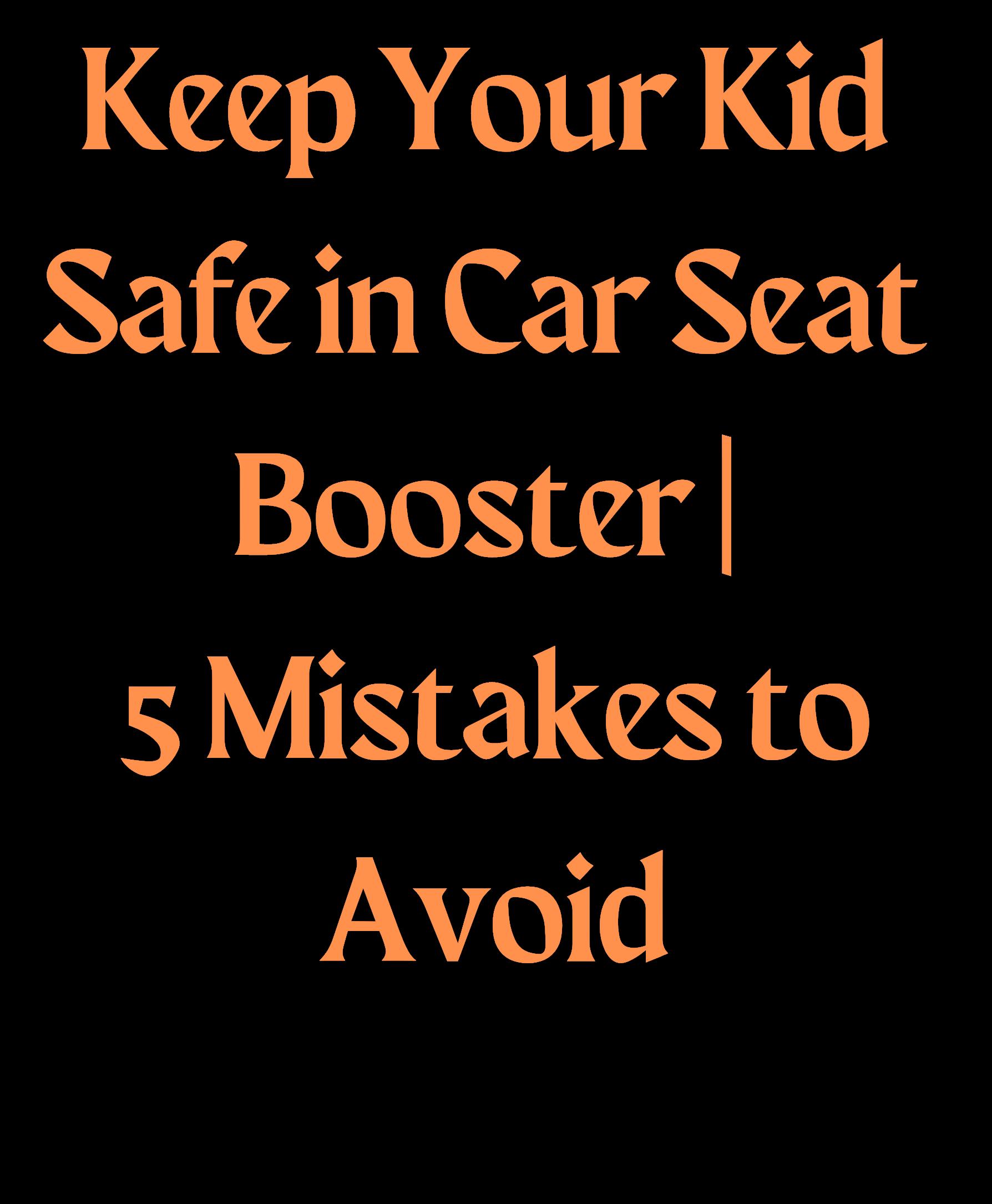




Child passenger safety is of utmost importance while traveling by vehicle. In the United States and Canada, safety standards for children in vehicles are regulated by law and enforced by government agencies. Despite the presence of these standards, parents often make mistakes while installing and using car seat booster seats for their children.
In this article, let's outline the common mistakes parents make and provide practical tips on how to keep your child safe and secure in the car.
Car seats play a critical role in ensuring the safety of children in vehicles. It is crucial for parents to have a basic understanding of car seat usage to avoid common mistakes.

1. Correct Installation: Make sure the car seat is securely installed in the vehicle using the appropriate anchors and at the correct angle.
2. Proper Strapping: Ensure that your child is properly strapped into the seat with tight but comfortable straps. The shoulder strap should be across the chest and the lap belt should be low on the hips.
3. Correct Seat Belt or Harness
Position: The seat belt or harness should be positioned correctly on your child's body to prevent injury in the event of an accident. The shoulder strap should be across the chest, not the neck, and the lap belt should be low on the hips, not the stomach.
4. No Unattended Children: Never leave your child unattended in a car seat, even for a brief period. It's not worth taking the risk.
5. Regular Inspections: Be sure to check the car seat regularly for any damage or wear and tear. If you have any concerns, consult with a certified car seat technician before using it again.
There are three types of car seats for children: rear-facing, forward-facing, and booster. 1.
Rear-facing car seats are the safest type of seat for young children. **
2. Forward-facing car seats are also safe for young children. **

3. Booster seats are safe for older children who have outgrown their forward-facing car seats. The child should use a booster seat until they are big enough to wear a seat belt safely.
** Both rear-facing and forward-facing car seats can be used until the child reaches the height or weight limit for the seat.
Paw Patrol- Marshall Car Seat is one of the best options that we've found out there. It has kids' favorite Paw Patrol Dalmatian accompanying your child along the ride. It has a 5-point harness system, two-mode options, safety certifications, and much more. And it is surely loved by many!
Are you a proud owner of a marshal car seat as well? Be sure to let us know if you do and how your experience was/is.

Despite the prevalence of car seat standards, parents often make mistakes when using car seats. Here are some of the most common mistakes parents make:
Every car seat is different and has specific instructions on how to use it correctly. Not reading the manual can lead to improper installation and an increased risk of injury in an accident.
The straps on a car seat need to be tight in order to keep your child secure in the event of an accident. Loose straps can cause your child to be ejected from the seat or sustain serious injuries. Make sure they're just tight enough to keep your child in place and don't make them uncomfortable.
It is essential to ensure your child is properly secured in their car seat booster before every drive. Note that the straps of the car seat must be tightened so that they are snug against your child's body. Many car seat boosters come with shoulder strap positioners that help keep the straps in place on your child's shoulders. Make sure to use them!
Bulky clothes can prevent the straps from staying snug against your child's body. If possible, dress your child in thinner layers when traveling in the car.
Car seats are designed to work with the specific model of vehicle they were made for. Using aftermarket products, such as strap covers or cushions, can interfere with the performance of the seat and put your child at risk.
Even if there's no visible damage, a car seat that's been in an accident needs to be replaced. The structural integrity may have been compromised, and it may not provide adequate protection in another crash.
The proper use of car seat booster seats is a critical aspect of ensuring the safety of children while they are traveling in vehicles. This article has highlighted the five most common mistakes that parents make when using car seat boosters. From not reading the manual to not securing the child correctly in the seat, it is important to be aware of these pitfalls in order to avoid them.
Remember, it is always better to be safe than sorry when it comes to protecting your child's safety.
Are you following these instructions to avoid these basic mistakes that people make? What challenges did you face? Share your experience installing and using a car seat!

